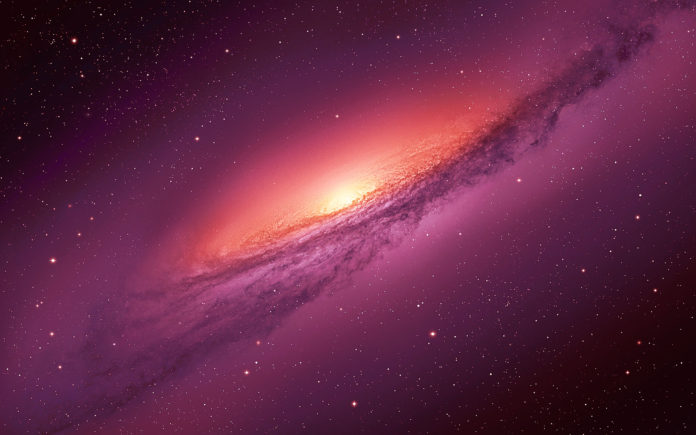A new theory’s emerged by a group at the the University of Canterbury in Christchurch, New Zealand that has suggested the expansion of the Universe could simply be an apparent effect. The usual assumption is that dark energy accounts for around 70% of the Universe’s matter. The trouble is that no one can see or prove that it’s there, hence the reason for the ongoing debate.
Existing models rely heavily upon dark energy to explain the accelerating expansion of the Universe. This is based on measurements of the distances to supernova explosions in these faraway galaxies, which would appear farther than they should if no acceleration were happening. But it’s this cosmic acceleration that’s been in debate quite a lot over the past year. Previously the debate involved the standard Lambda Cold Dark Matter cosmology against that of an empty universe where acceleration doesn’t accelerate or decelerate. Both worked off Friedmann’s equation.
Friedmann’s equation is a 100-year-old comic expansion law that assumes expansion is even and uncomplicated. However, that’s not the case. The Universe is filled with galaxy clusters that encircle empty voids making up a complex cosmic web. The leader of the study, Professor David Wiltshire, said, “The past debate missed an essential point; if dark energy does not exist then a likely alternative is that the average expansion law does not follow Friedmann’s equation.”
The new study uses a model called ‘timescape cosmology’ in which to compare the supernova data to. This involves no dark energy and instead, clocks in galaxies that are carried by observers are different to those that describe your average expansion. Depending on the clock used depends on whether or not one infers accelerating expansion. This new model does make a better fit than previous models but as of yet, the evidence is still not strong enough to safely rule out one or the other. To decide that, researchers would need more data as well as a better understanding of the properties of a supernova.
More News to Read
- Physicists Create Theory on Self-Interacting Dark Matter
- Swelling Galaxies Could be Down to Active Star Formations
- Researchers Get One Step Closer to Building a Global Quantum Internet
- Researchers Develop an Artificial Skin That Can Help Robots Sense Temperature
- Physicists Propose New Method for Stabilizing Fusion Reactors

